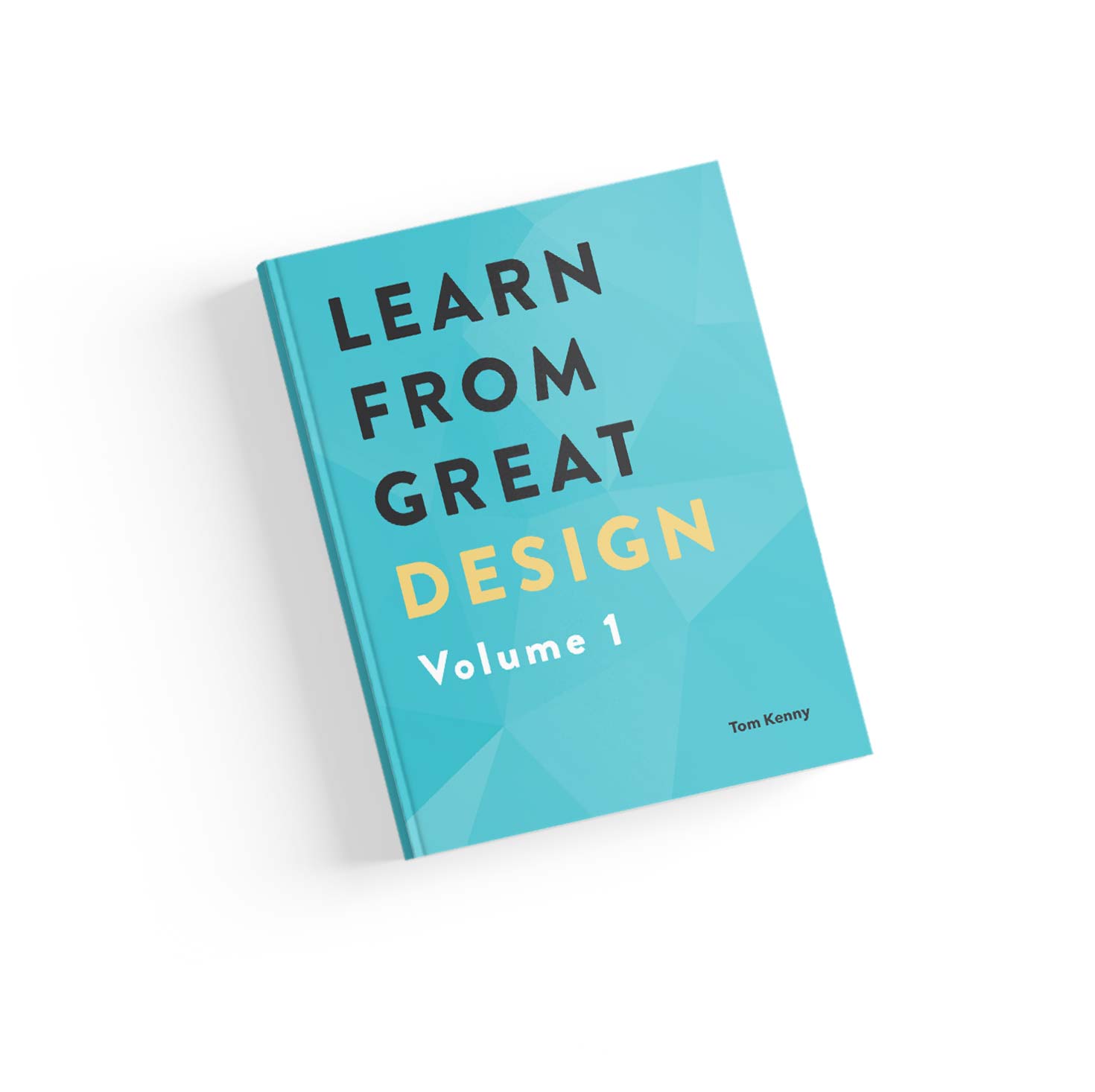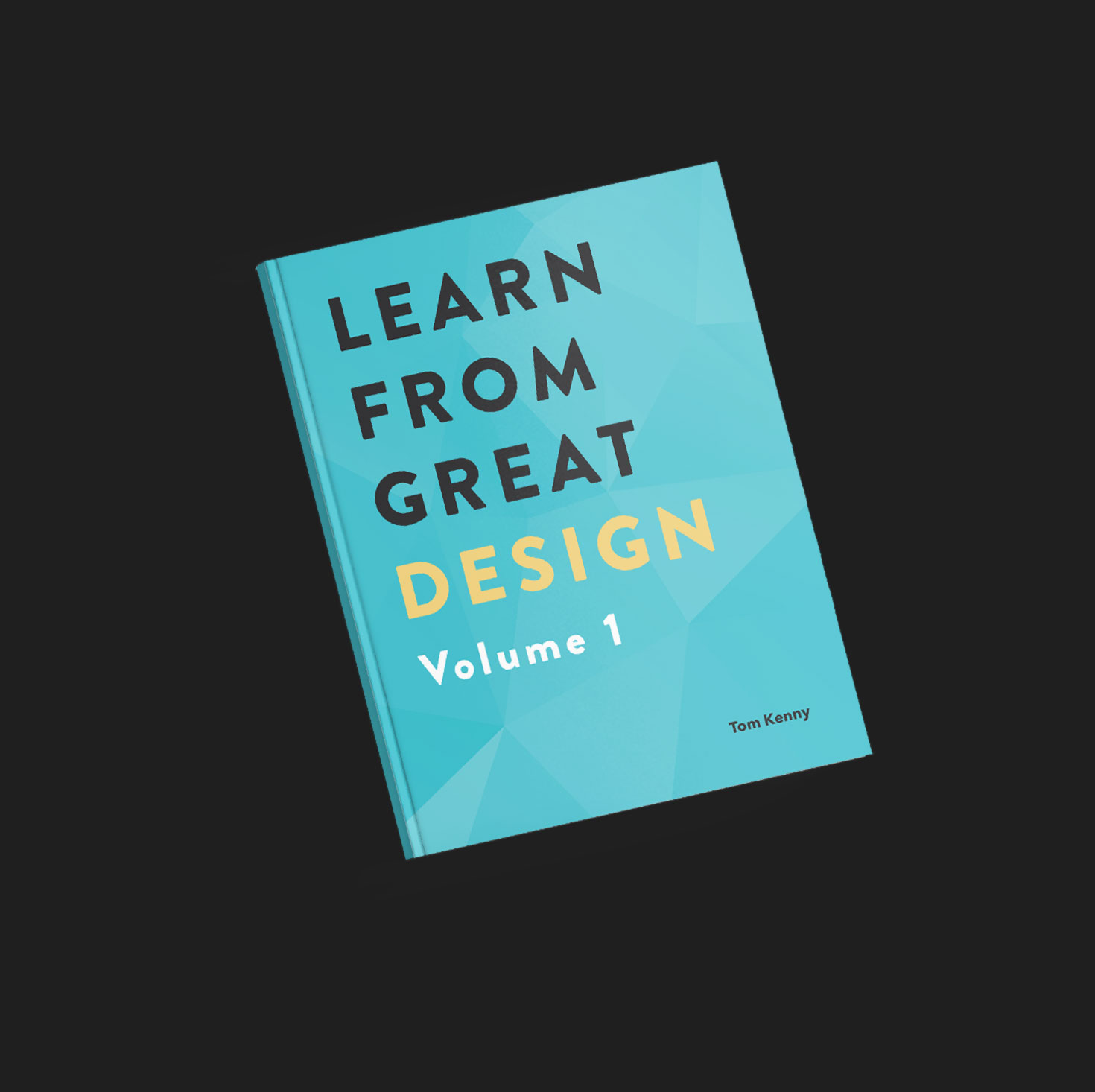
I wish I didn’t find it so difficult to write. I’m much more of a visual thinker, which is the reason why I became a designer. I’m constantly looking for ways to improve my writing though, as it’s a useful skill, not only in sharing my design knowledge but in all aspects of work. Also, my writing isn’t very good and desperately needs improving.
In researching how to become a better writer, I’ve found a number of lessons about writing can be applied to design. Here are 5 lessons I’ve learnt:
1. First Drafts (Designs) are Always Bad
Don’t you love opening your design tool, excited to start new design, only to find out your first version is utter rubbish? No? Well, I do.
Anne Lamott, author of Bird by Bird, is often referenced in the writing world when it comes to first drafts:
Almost all good writing begins with terrible first efforts. You need to start somewhere. Start by getting something—anything—down on paper. What I’ve learned to do when I sit down to work on a shitty first draft is to quiet the voices in my head.
Great writers never expect their first drafts to be any good and designers should adopt the same mindset.
I don’t ever have to “quiet the voices in my head” when I sit down to start a design but I certainly never expect the first version of anything I design to be any good. I accept it and embrace it as part of the process.
Consequently, I rarely show anyone the first version I design, unless I want to demonstrate how I arrived at a design I’ve settled on or show how much exploration work has gone into the project.
I naively thought as I improved my craft over time my rate of producing great design work first time would increase. It hasn’t. Not even after almost 13 years. I still need to get the first version out of my system, no matter how bad it is, just to get started.
2. You Write (Design) to Find out What You Have to Say (Create)
Sean McCabe realised the act of writing is what actually leads to you discovering what it is you will create.
You don’t write because you have something to say, you write to find out what you have to say.
Writing helps you process the way you think, and gives you insight into why you’re feeling a certain way or what you’re thinking about.
Like all articles I write, writing this one has led me to discover exactly what I wanted to say and research about the topic. I had a general idea but I’m still shaping it as I write this very sentence. Design is the same way.
When I have what I think could be a great idea, it isn’t until I get the idea into my design tool do I know if it actually lives up to my expectations or if I need to explore a different direction. Then, like writing, it gets shaped and moulded into something better.
3. Re-writing (Iterating) Is the Single Best Way to Sharpen Your Ideas (Designs)
After you’ve let your first draft spill out onto the screen, you need to figure out what to do with it.
David Perell is a prolific writer online, whether it’s one of his tweetsorms or thousands of words for an article. His advice resonates with me as a designer:
Re-writing is re-thinking. It’s the single best way to sharpen your ideas.
I love this advice as it’s exactly how I think when I design. You don’t simply design something once and you’re done. You need to continually refine your idea to narrow your way towards the best version.
Writing and re-writing improves your thinking, so improving and iterating your design improves your design thinking.
It's important to try different ideas to see what will be the best at solving the problem. There are usually many ways to solve the same problem but experimenting will lead to better results.
I always have an “Exploration” page in Sketch. It’ll often get very messy but that’s a good thing. This isn’t final work I’m going to show anyone.
Often, I’ll abandon the first version way before it gets close to a finished state because clearly isn’t heading in the right direction.
Rarely will everything click right away with the first version (unless the task is relatively small and straightforward). Fortuitously, this happened to me recently but I simply can’t remember the time before that when I was so lucky. Needless to say, it was a long time ago.
4. Every word (element) has to earn its way onto the page (screen)
This is advice I’ve heard from Ramit Sethi when talking about writing sales pages and I’m sure I’ve heard similar from other writers. It’s pretty obvious how it applies to design.
As I write this, I’m currently in a battle to remove a single form field on a registration page. Marketing wants a phone number for… marketing reasons. No, thanks. It’s marked as optional to the user but it shouldn’t even be there in the first place. It hasn’t earned its way on to the screen.
I love removing unnecessary elements from a design. Reducing a design down to the absolute essentials is one of my favourite things to do. There are already enough things in this world to distract people, don’t add to the noise.
5. Easy reading (easy to use) is hard to write (design)
“To write well, you must accept that you will only publish a small percentage of what you type”
You have to get comfortable throwing away a lot of your work.
“Watch a Chris Rock special on Netflix and you’ll see the well-timed jokes and the sold-out arena. But you don’t see the work. You don’t see the 50 performances he gave at small comedy clubs around the country, and you certainly don’t see the jokes that bombed along the way. It’s the un-natural grind of failing, failing, and failing some more that makes Rock look so natural under the bright lights.”
This is a common theme among the most successful comedians. They create a lot of work and test to find out what works best. As I always say, quantity leads to quality. We’ve all heard the “quality over quantity” but when it comes to creativity, the opposite is true.
This advice is echoed by American author and screenwriter, Ray Bradbury:
“Quantity produces quality. If you only write a few things, you're doomed.”
To read more about how writing can help you as a designer, here’s some extra reading:


